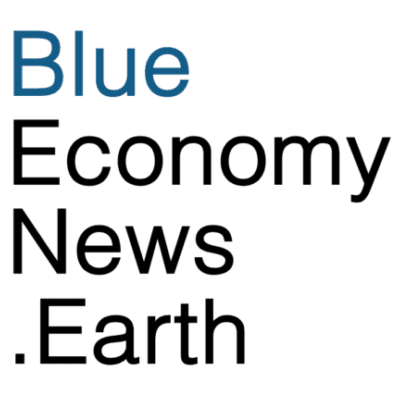The Nippon Foundation–GEBCO Seabed 2030 Project has partnered with ProtectedSeas, whose mission is to raise awareness of critical ocean ecosystems and marine protected areas and strengthen compliance with ocean protections through advanced mapping and monitoring solutions.
ProtectedSeas said it has created the most comprehensive resource of regulatory information on marine protected areas (MPAs) globally, alongside a unique marine monitoring system that enhances understanding and enforcement of ocean protections. Its Navigator platform–which offers a global map of marine life protections–provides freely available, standardized information that allows comparisons across jurisdictions and delivers actionable insights on the state of conservation of the global ocean. iProtectedSeas’ shore-based Marine Monitor (M2) provides continuous live tracking of vessel activity to monitor and protect the nearshore marine environment.
The partners believe that, when paired with detailed seafloor mapping, ProtectedSeas’ regulatory data and autonomous monitoring system help inform marine management, spatial planning and biodiversity protection.
Seabed 2030 is a collaborative project between The Nippon Foundation and the General Bathymetric Chart of the Oceans (GEBCO), which seeks to inspire the complete mapping of the world’s ocean by 2030, and to compile all the data into the freely available GEBCO Ocean Map.
The problem is that seabed maps that can be used for conservation are also used for exploitation, as China recently demonstrated when it thanked NASA for providing satellite maps that led it to deposits for deep sea mining in the Indian Ocean.
“We understand the concerns around publicly accessible data, including the potential for its use in commercial ventures,” said Pegah Souri, Head of External Relations for Seabed 2030. “But it’s important to clarify that the bathymetric data in the GEBCO grid which Seabed 2030 helps to compile is at a resolution far too coarse to be used directly for mining operations – it shows only depth and shape. Any operator pursuing such activities may need to acquire their own, far higher-resolution, surveys. Ultimately, we believe that open access to seafloor data supports scientific research, informs policy decisions, and helps enable the sustainable management of the ocean for future generations.”
“Strengthening ocean knowledge requires collaboration across disciplines and sectors,” said Seabed 2030 Project Director Jamie McMichael-Phillips. “ProtectedSeas’ work in documenting and monitoring marine protections complements the efforts of our ever-growing global network and adds valuable context to the picture we are building of our ocean.”

